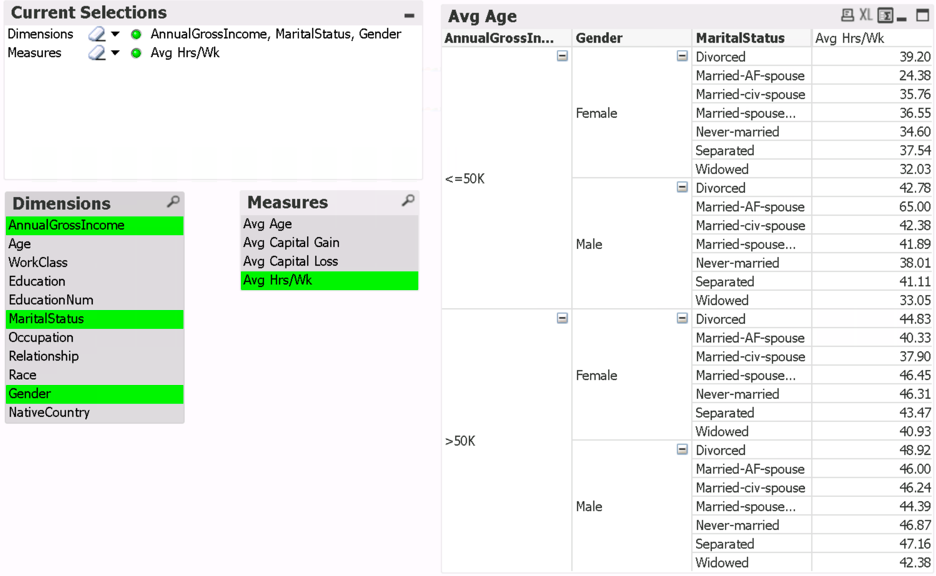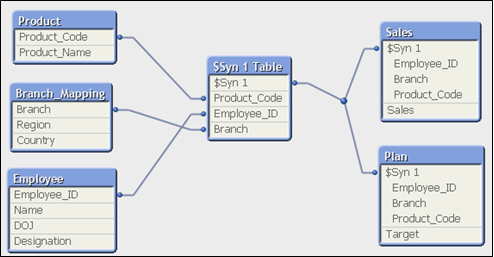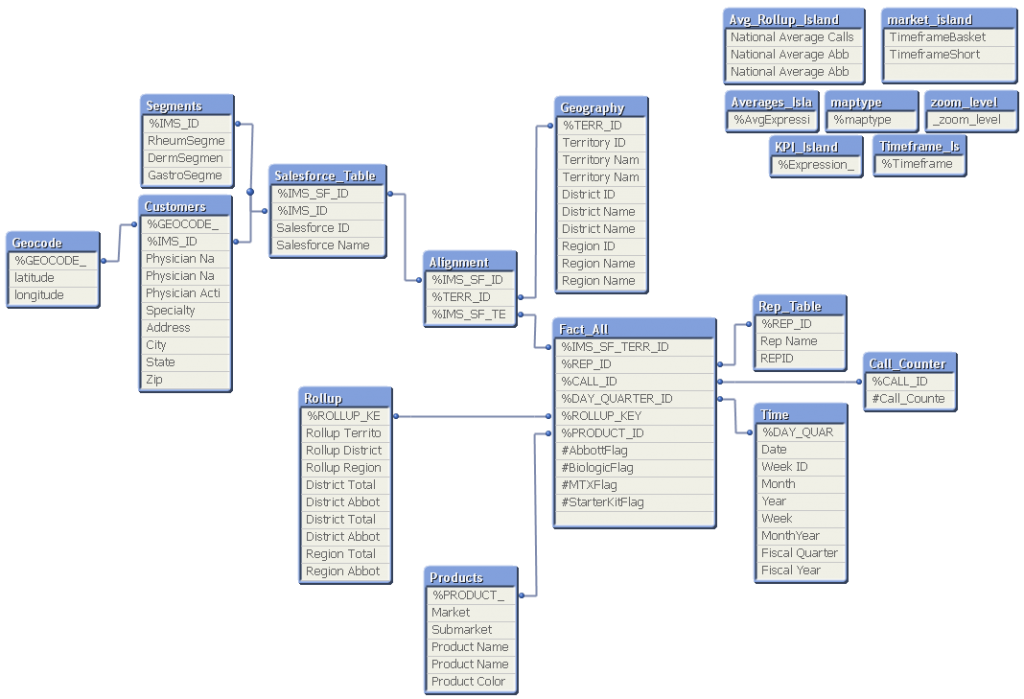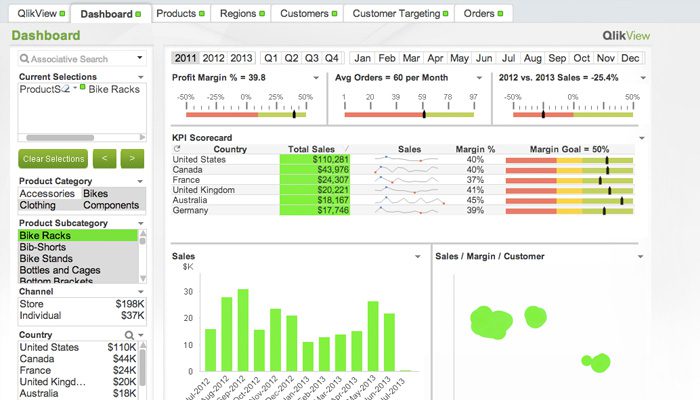Getting to Know You – Raw Data Exploration in QlikView

When faced with a new dataset, one of the first impulses is to get it into Excel to get a feel for it. Occasionally the data set is too tall (too many rows) or too wide (too many columns) to effectively pull into Excel for quick and easy manipulation. If you’re lucky enough to have […]
Back to Basics with Qlik

For the start of 2016, let’s get back to the Qlik Scripting Basics! Here are a few basic scripts that you will always want to have handy in your Qlik toolbox. These scripts will be very useful when creating new QlikView and Qlik Sense applications time and time again. You will definitely want to bookmark […]
Why Use a Synthetic Dimension in QlikView?

The definition of a ‘Synthetic Dimension’ is a dimension based on fields that are not stored in your data model. There are many uses of a Synthetic Dimension – For the sake of this post, I am going to cover the most common use that I’ve experienced. It is all too often when a client […]
How to Perform Data Validation in QlikView

As with any BI tool, developer validity testing needs to be performed prior to any and all releases of an application to the end users. BI tools, like QlikView, allow for the rapid development of an application giving results very quickly. This rapid development is wonderful to help see results and make decisions…. but a […]
4 Ways to Optimize Your QlikView Application Performance

QlikView’s appeal and power is behind its ease of use and the speed at which users can perform data discovery without the need to bother IT with requests. Once an application is validated and deployed, business users have the ability to perform their own custom reporting needs quickly. But what if it’s not quick? Then […]
How much memory is needed for a great user experience in QlikView?

This is a question I am always asked when designing and releasing QlikView applications to various user groups. As I’m sure you know, QlikView allows users to analyze data quickly due to the associative in-memory technology design. Unique entries are only stored once in-memory; other entries are pointers to the parent data. Therefore, memory and […]
